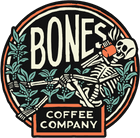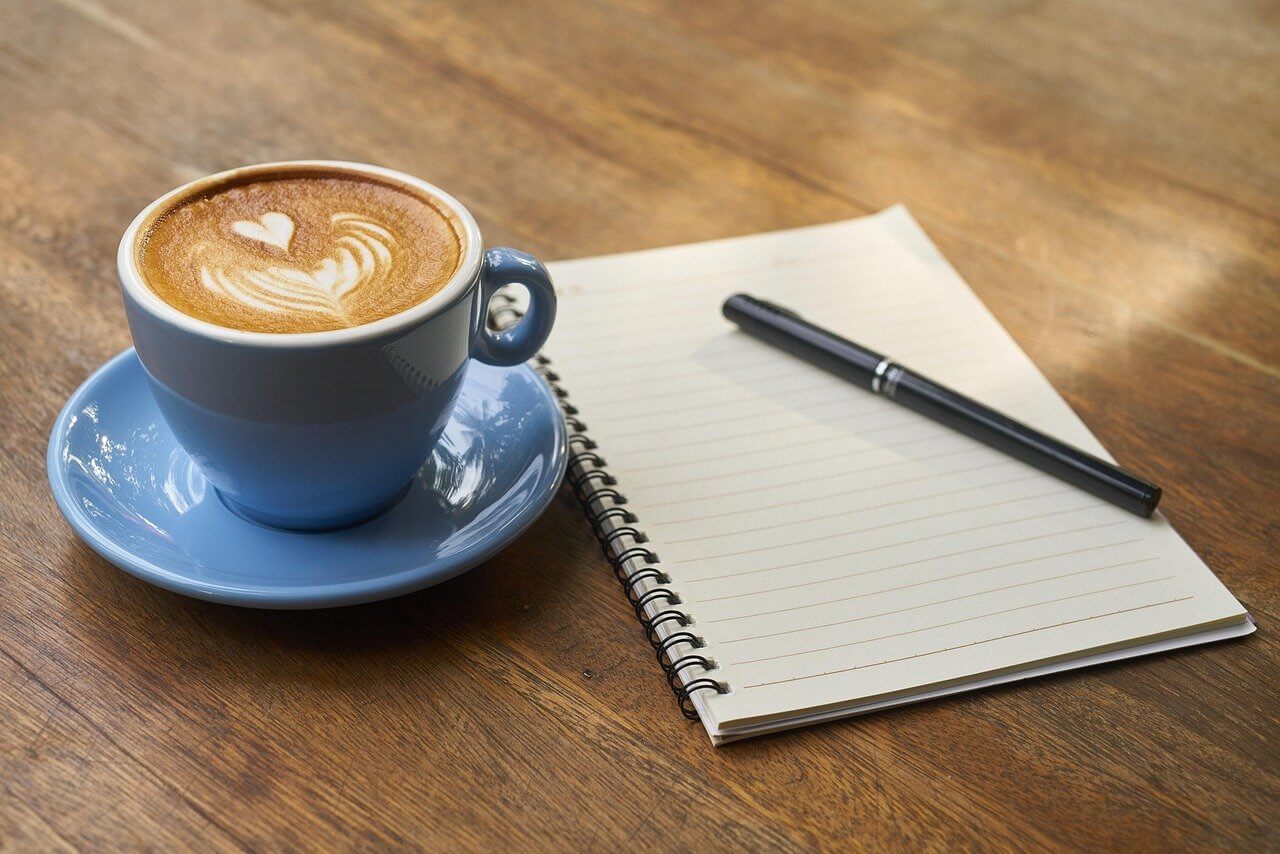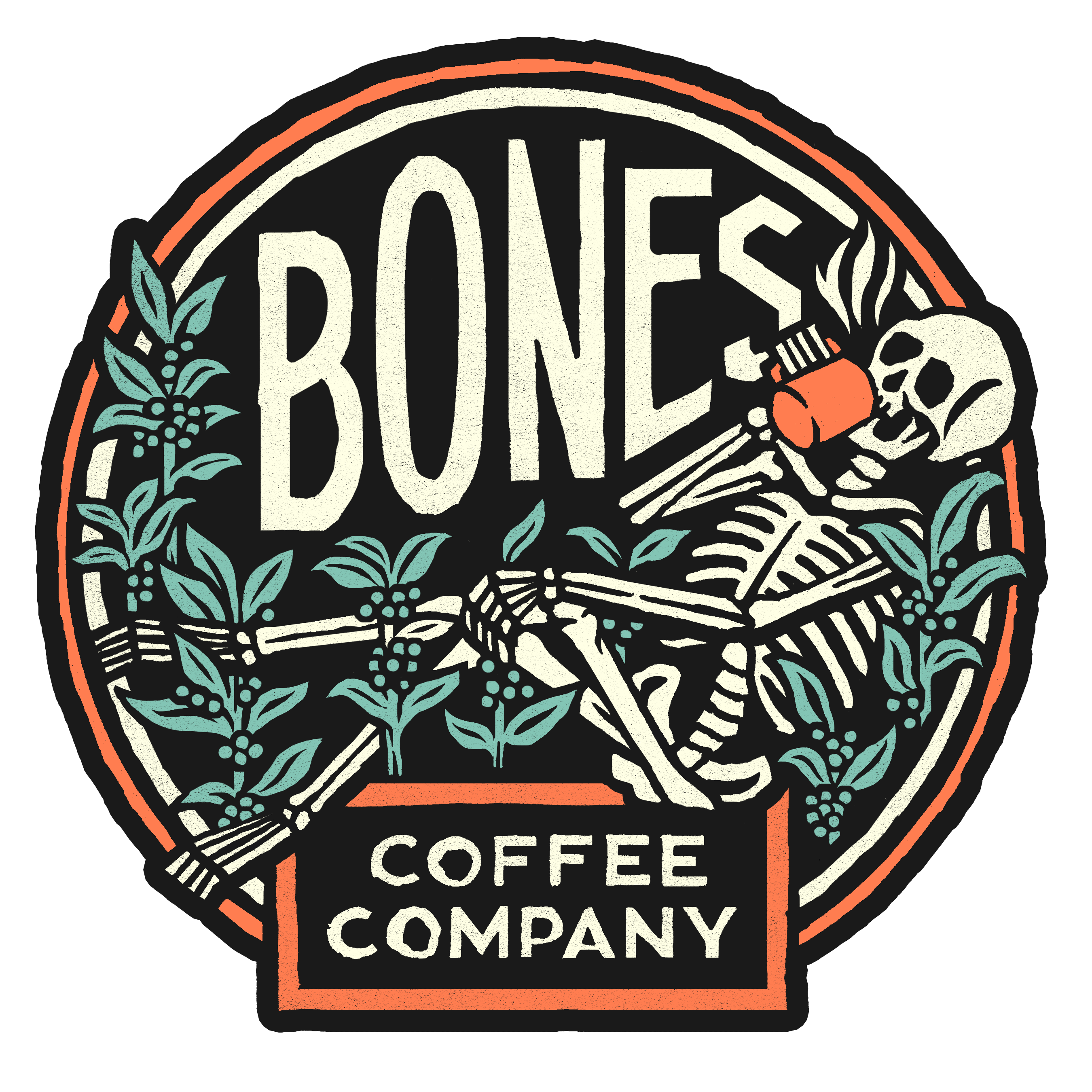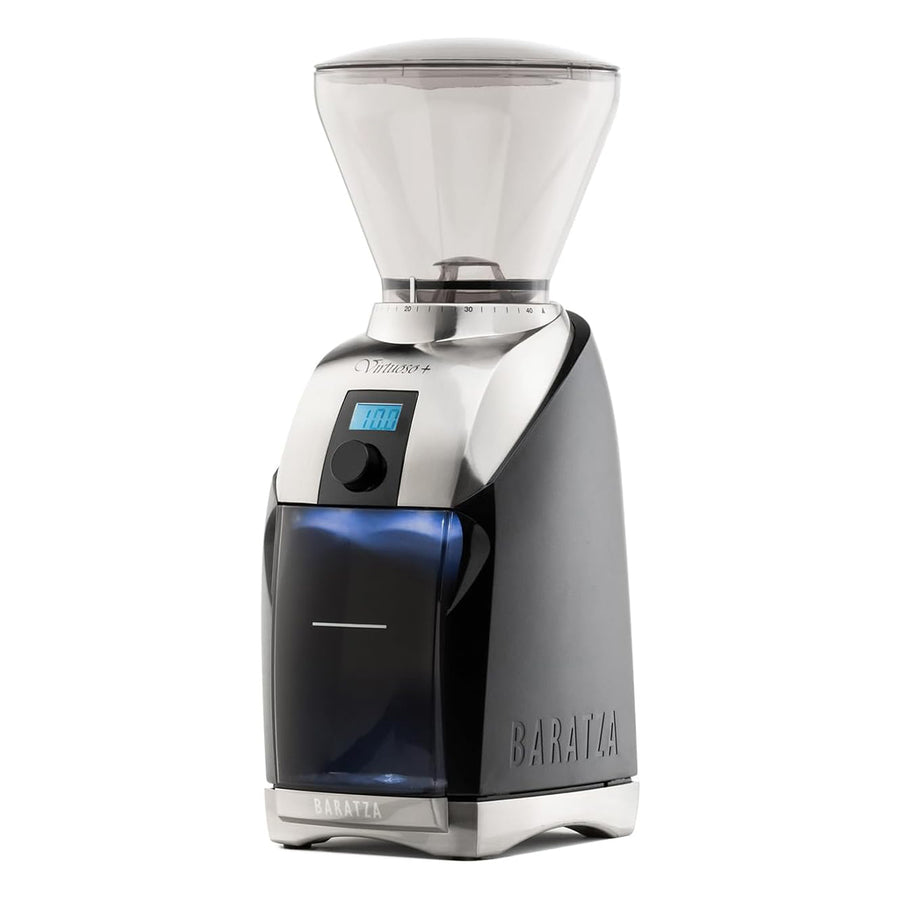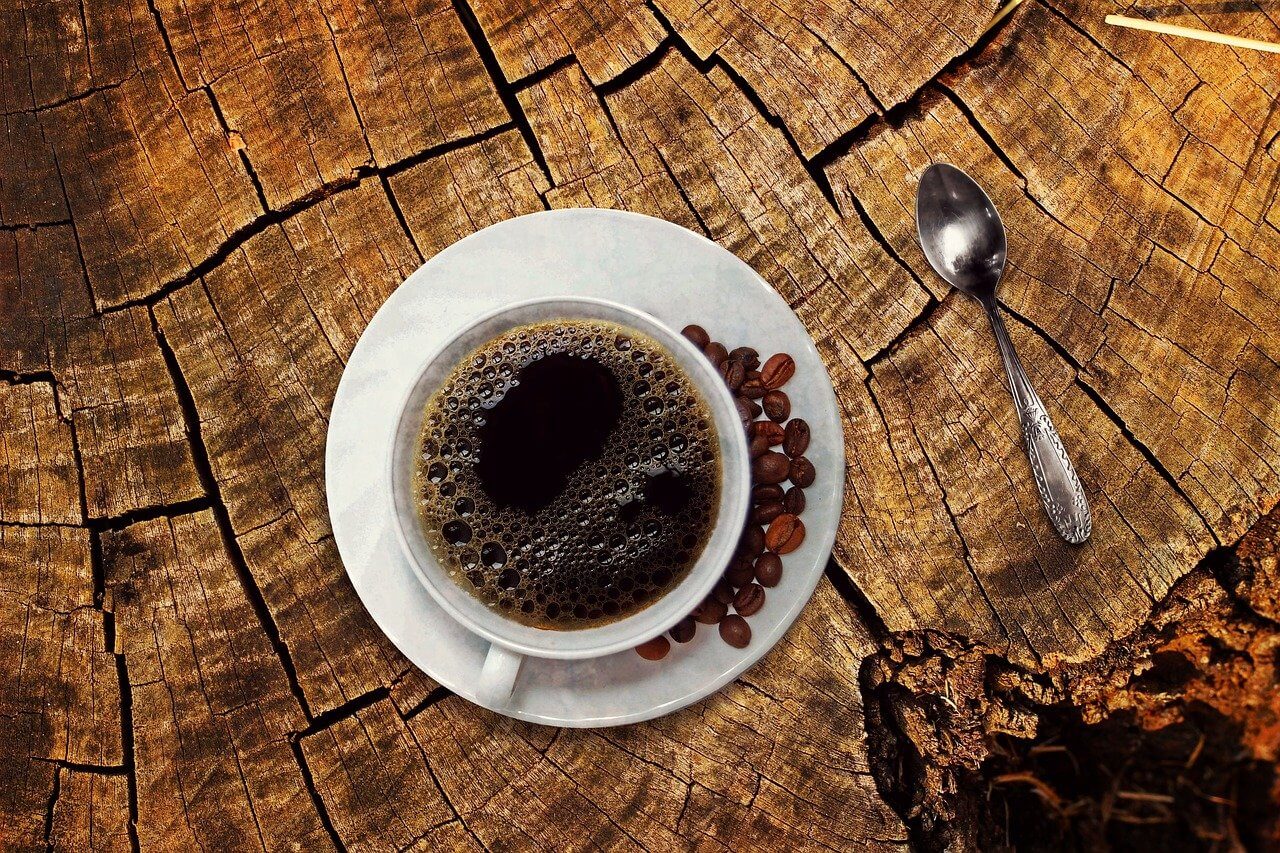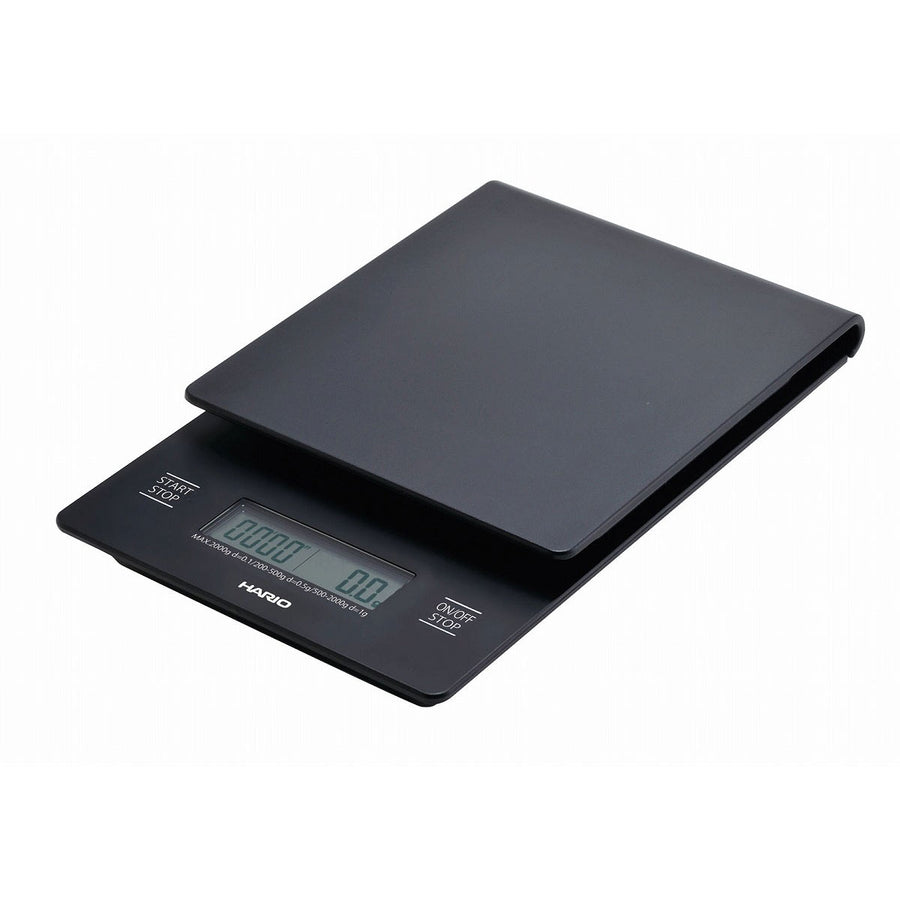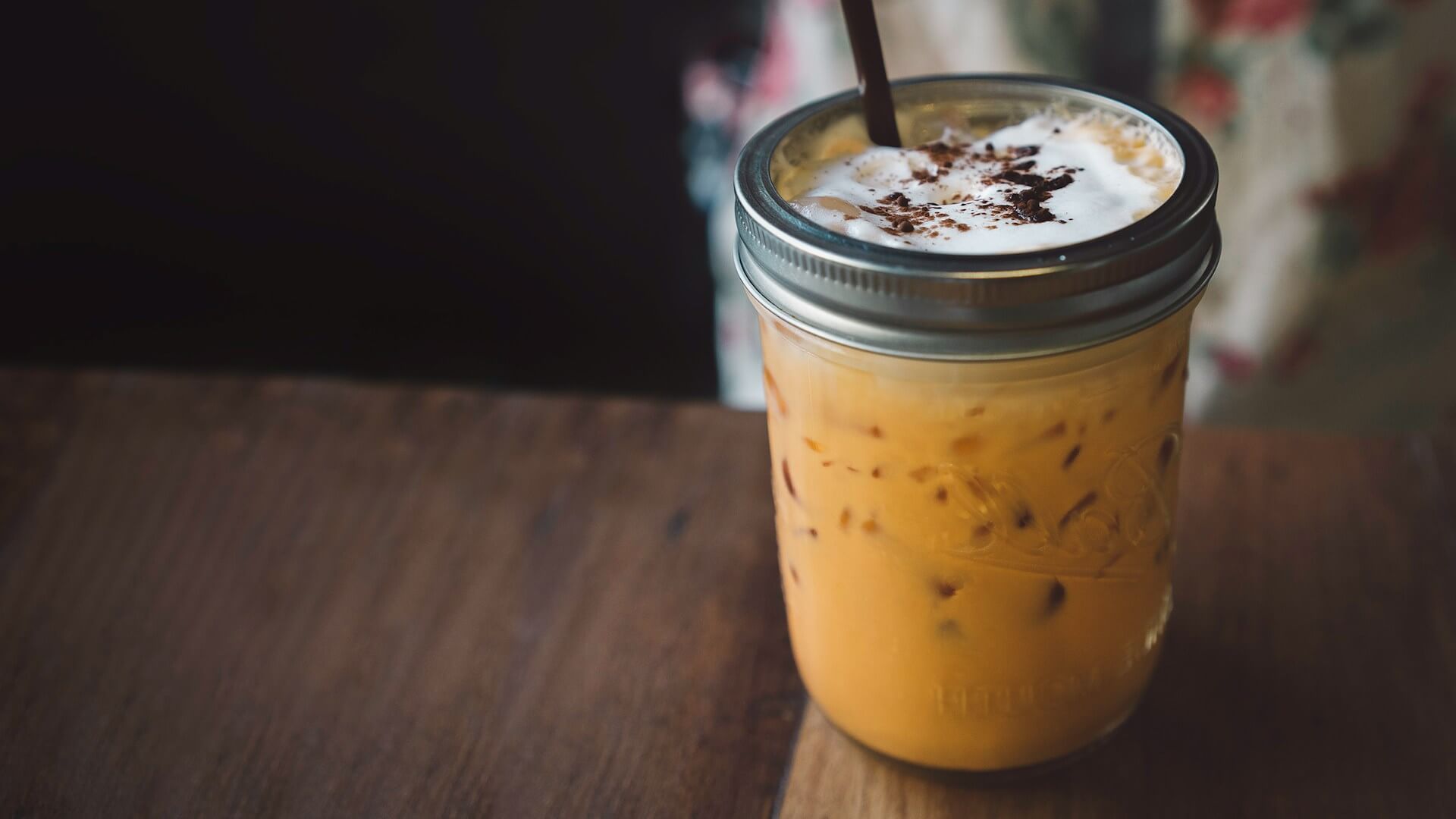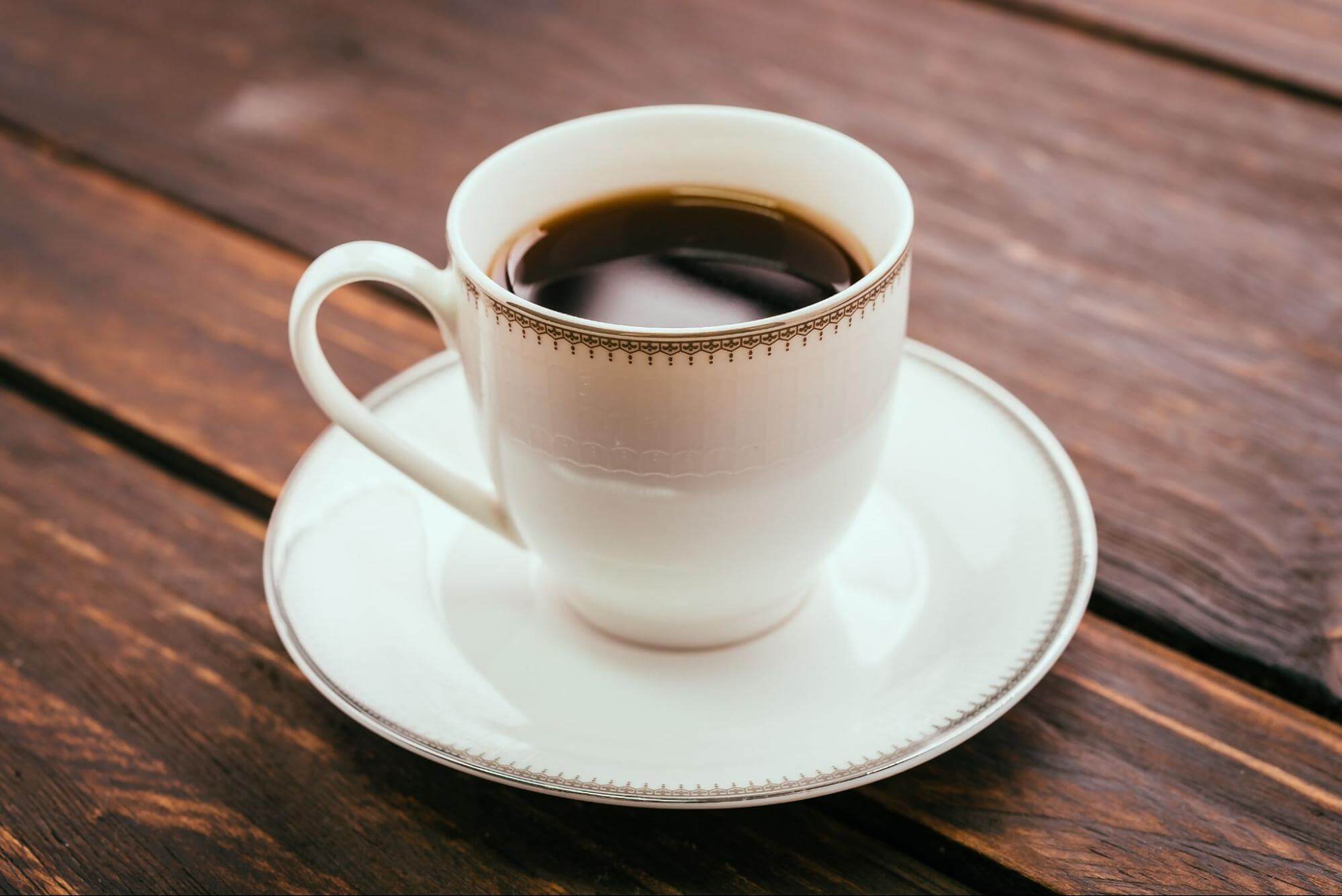The truth is, there is no single “best way” to make coffee. It depends on your taste preferences, time, routine, and gear. Some prefer the hands-on precision of pour-over. Others just want something smooth and bold before the school run.
There are fast ways, slow ways, rich brews, bright ones, and more, but each method has its own strengths, and when done right, any of them can produce an exceptional cup. In this guide, we’ll explore the top brewing methods and give step-by-step instructions to make the most out of each one.
Coffee Brewing Essentials
Before diving into the brewing methods, it’s important to understand the building blocks of any great cup. These essentials apply no matter how you brew. Mastering them will instantly improve your brewing process.
1. Fresh Coffee Beans or Grounds
Freshness matters when it comes to flavor. For the best results, use high-quality whole beans or pre-ground coffee. Grinding just before brewing can offer maximum aroma and flavor, but using pre-ground coffee is also convenient, consistent, and ideal for quick, mess-free brewing.
If you're using pre-ground coffee, store it in an airtight container in a cool, dark place to preserve its flavor for as long as possible.
2. Right Grind Size & Grinder Type
Grind size plays a huge role in how your coffee tastes. It controls how quickly water extracts flavor from the coffee grounds. Different brewing methods require different grind sizes:
- AeroPress: Fine to medium
- Cold Brew: Extra coarse
- Drip: Medium
- French Press: Coarse
- Pour Over: Medium-fine to medium
Grind consistency matters just as much. Blade grinders chop unevenly, causing poor extraction. A burr grinder uses two plates to crush beans uniformly, giving you control and balanced flavor. It’s one of the best upgrades you can make.
3. Clean, Filtered Water in the Right Temperature
Since coffee is more than 98% water, water quality matters. If possible, always use fresh, filtered water when brewing coffee. Avoid distilled water, as it can taste flat.
The brew temperature should be between 195°F and 205°F. Water that’s too hot can burn the coffee, while cooler water under-extracts flavor.
4. Perfect Brewing Ratios
For the best flavor, stick to the golden ratio: 1:15 to 1:17. That is one gram of coffee for every 15-17 grams of water. If you don’t have a scale, a good rule of thumb is 1-2 tablespoons of ground coffee per 6 ounces of water, depending on your taste.
Worthy Investment: A small digital kitchen scale is one of the simplest ways to dramatically improve your coffee brewing technique. It ensures consistent strength and taste every time, as even slight ratio changes can make a big difference. |
Best Coffee Brewing Methods
Here are the five most popular brewing methods. Each method brings out different characteristics in the coffee, from bold and full-bodied to light, bright, and nuanced.
Whether you're craving the simplicity of a drip coffee maker, the ritual of a pour-over, or the smooth richness of cold brew, you’ll find a method here that fits your flavor profile and lifestyle.
1. AeroPress
The AeroPress is a cult favorite for a reason. It’s affordable, compact, and incredibly versatile, ideal for making espresso-style coffee or a clean, smooth cup with low acidity. It brews quickly (in just about 2 minutes total), making it perfect for single servings at home, work, or while traveling.
What You’ll Need:
- AeroPress (with plunger and chamber)
- Paper filter (or metal filter for less clarity, more oils)
- Fresh coffee (14–18g), ground fine to medium-fine
- Stirrer or spoon
- Hot water (195°F–205°F)
- Mug or carafe
Brewing Steps (Standard Upright Method):
- Place the paper filter in the cap and rinse it with hot water to eliminate the paper taste.
- Assemble the AeroPress on a sturdy mug or carafe.
- Add 14–18g of coffee to the chamber (adjust based on strength preference).
- Slowly pour about 200g of hot water (up to the top “4” mark).
- Stir vigorously for 10 seconds to fully saturate the coffee grounds.
- Insert the plunger and press down slowly and steadily for 20–30 seconds, stopping when you hear a hissing sound.
- Remove and clean the brewer. Enjoy immediately.
Try the “inverted method” for more control over steep time and richer, fuller-bodied coffee. It’s great for slightly longer extractions and experimenting with brew strength.
2. Cold Brew
Cold brew is known for its smooth, mellow flavor with low acidity, ideal for hot weather or anyone sensitive to bitterness. Instead of using heat, it extracts slowly over many hours, producing a rich concentrate that can be served cold, diluted, or even heated.
What You’ll Need:
- Cold brew maker, French press, or mason jar
- Extra coarse ground coffee
- Filter or cheesecloth
- Spoon for stirring
- Refrigerator (optional, but recommended)
Brewing Steps:
- Combine coffee and water at a 1:4 or 1:5 ratio for concentrate. (Example: 1 cup (85g) of coffee to 4 cups (946ml) cold or room-temperature water.)
- Stir thoroughly to ensure all coffee grounds are saturated.
- Cover and steep for 12 to 18 hours either at room temperature or in the fridge.
- After steeping, strain the brew through a fine mesh filter, cheesecloth, or coffee filter to remove grounds.
- Transfer to a clean bottle or jar and refrigerate.
Cold brew concentrate stays fresh in the fridge for up to 2 weeks when stored in an airtight container. The flavor is best within the first 7-10 days.
3. Drip Coffee
Drip coffee makers are convenient, consistent, and ideal for brewing multiple cups with minimal effort. These classics are perfect for busy mornings or a household full of coffee drinkers.
While many machines are automatic, the quality of your brew still depends on using the right coffee, grind, and water.
What You’ll Need:
- Standard drip coffee machine
- Medium-ground coffe
- Paper or reusable mesh filter
- Filtered water
- Clean carafe and machine
Brewing Steps:
- Insert a paper filter into the brew basket (unless using a mesh filter).
- Add medium-ground coffee: 1 to 2 tablespoons per 6 ounces of water, depending on your taste preference.
- Fill the water reservoir with cold, filtered water.
- Start the machine and let it brew. Avoid lifting the lid during brewing.
- Once complete, gently stir the pot before serving. This ensures flavor consistency, as strength can vary between the first and last drops.
Clean your machine regularly, including the internal water reservoir and brewing components. Oils and mineral buildup can cause bitterness and machine malfunction over time. A monthly descaling with vinegar or a descaling solution is often recommended.
4. French Press
The French press delivers a rich, heavy-bodied cup with deep flavor, making it a longtime favorite for comfort coffee at home. It’s unfiltered, which means more coffee oils make it into your cup, resulting in a thicker mouthfeel and more intense flavor. It also requires no paper filters, minimal cleanup, and works great for larger batch brewing.
What You’ll Need:
- French Press
- Coarse-ground coffee
- Hot water between 195°F and 205°F
- Spoon or stirrer
- Timer
- Mug or carafe
Brewing Steps:
- Preheat your French press with hot water, then discard the rinse water. This helps maintain brewing temperature.
- Add 1 gram of coffee per 15 grams of water. For a 12 oz (340 ml) brew, use about 22–23 grams of coffee.
- Pour in about half your water, covering the freshly ground beans evenly. Let it bloom for 30–45 seconds to release trapped gas and enhance flavor.
- Add the remaining water and stir gently to make sure all grounds are saturated.
- Cover with the lid (plunger pulled up) and let it steep for 4 minutes.
- Slowly and evenly press down the plunger. Don’t rush this step or you'll stir up fine particles.
- Serve immediately. For best results, pour the full batch into a separate carafe to stop extraction.
Don’t leave your coffee sitting in the French press after plunging. It will continue to extract and can turn bitter over time. To preserve clean flavor, decant immediately even if you’re not drinking it all at once.
5. Pour Over
If you're after a bright, balanced cup with clarity and complexity, pour over brewing is hard to beat. It allows complete control over flow rate, water temperature, and extraction time, ideal for those who enjoy dialing in flavor and experimenting with small variables.
Devices like the Hario V60 and Chemex are especially popular for their design and distinct results:
- V60: Brighter and more expressive, thanks to its thinner filter and faster drawdown.
- Chemex: Smoother and very clean, thanks to thick, bonded paper filters.
Both reward patience and technique with a high-quality coffee cup that can even rival those from coffee shops.
What You’ll Need:
- Hario V60 or Chemex brewer
- Medium-fine to medium ground coffee
- Paper filter (specific to device)
- Gooseneck kettle (for control)
- Digital scale
- Timer
- Carafe or mug
Brewing Steps (Single Cup — ~300 ml yield):
- Place the paper filter in the brewer and rinse with hot water. This removes paper flavor and preheats the brewer. Discard rinse water.
- Add 15–18g of coffee into the filter. Gently shake to level the bed.
- Start your timer, then slowly pour 40g of water to saturate all the grounds. This is the bloom. Let it sit for 30–45 seconds to release gas.
- Continue pouring in small, concentric circles, adding water gradually until you reach approx. 250–270g total. Pour gently and steadily, avoiding filter edges.
- Let water fully drain (total brew time should be around 2:30 to 3:30 minutes, depending on grind and device).
- Discard the filter. Swirl your brewed coffee to mix, then serve.
Keep your pour controlled and consistent. Aim for a pour height of 3 to 6 inches and a flow rate that prevents flooding.
Smart Upgrade: A gooseneck kettle gives you full control over how fast and where your water flows, which is crucial in pour-over brewing. Its narrow spout lets you pour in slow, even circles to saturate the grounds properly and avoid uneven extraction. |
Pro Tips for Even Better Coffee
No matter how you want to prepare and drink coffee, small improvements in your process can lead to noticeably better results. Here are three essential tips that can take your home cup of coffee from decent to exceptional.
1. Weigh Your Coffee and Water for Accuracy
Using a digital scale may not sound glamorous, but it's one of the most effective ways to immediately improve your coffee. Measuring by weight provides consistency that scoops simply can’t deliver because the density of ground coffee can vary from bean to bean.
If you want your hot coffee the same way every morning, weighing is the easiest path to repeatability.
2. Clean Your Gear Regularly
Bitterness, sourness, or muddy aftertastes often come from buildup inside grinders, brewers, or water reservoirs. Rinse your equipment thoroughly with hot water after every brew, and do a deeper clean weekly using a mild detergent or cleaning solution rated for coffee gear. For drip machines, descale monthly with vinegar or descaler to remove mineral deposits.
Clean tools brew cleaner cups. It’s that simple.
3. Explore Different Beans and Origins
If you’ve only tried one roast or region, you’re just scratching the surface of what coffee can taste like. Beans from Ethiopia often offer floral, citrusy complexity; Colombian coffees tend to be nutty and well-balanced; and Cuban-style coffee is typically brewed strong and sweet using dark-roasted beans.
Experimenting with origins and roast levels helps you discover what you truly enjoy. Try single-origin coffees for distinct flavor profiles, or rotate through seasonal selections to keep things exciting.
The Best Brew Method Depends on You
The best way to make coffee is the method that suits your taste, habits, and how hands-on you want to be. Whether it’s the simplicity of drip, the flavors of pour over, or the boldness of French press, each technique brings out something special in the bean.
At Bones Coffee Company, we have everything you need for your brewing coffee journey. Aside from our brewing equipment collection, we have a wide variety of coffee flavors that will satisfy your caffeine cravings.
Explore our coffee flavor selection now and discover familiar flavors like salted caramel and wildly unique options like berry cotton candy. Try a flavorful cup today!
